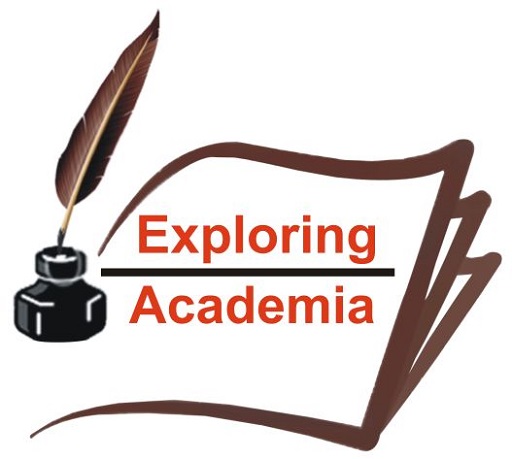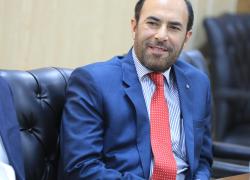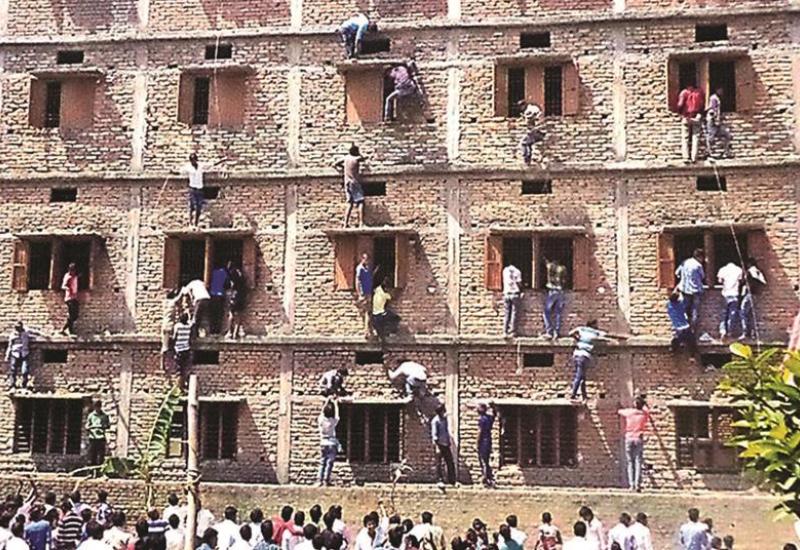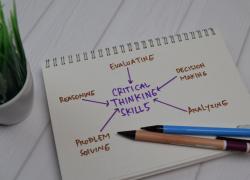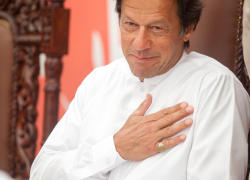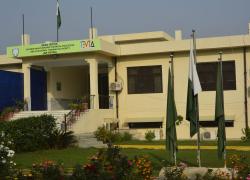Plagiarism: How much serious is the problem?
I am starting this blog post with a story of one of my ex-colleague who was found involved in plagiarism while applying for admission in the Ph.D program in a foreign university some ten years back.
Sharing with me a small cozy office, my fellow employee was seeking admission in the top-ranking universities in the US, UK, Australia and Germany.
While setting in the office, one day he revealed that he recently applied for admission in a university in the UK. The Professor, he approached for admission, gone berserk while examining his research proposal, which was found plagiarized.
The Professor wrote him an email, intimating him that his research proposal was found plagiarized and his application for admission in the Ph.D. program was out-rightly rejected with a word of admonition that his case was shared with other of his colleague (Professors), faculty members and Heads of the Departments in the university not to entertain his application for admission in the university in future.
At that very moment, for the first time, I learnt about the sensitivity of the issue and gravity of the problem. This also brought home the lesson that how seriously; the matter is being dealt with by academia in the advanced societies.
With this in mind, this blog post is intended to realize the following three-pronged objectives:
- To sensitize the instructors/teaching faculty and academics about the various tactics used by the students to outsmart technology and get away with the plagiarized material submitted as a class assignment or a project.
- To educate the students about the academic integrity- the pursuit of scholarly activity in an honest and responsible manner to avoid unfavorable consequences of being caught involved in plagiarism
- To provide useful insight to the technical experts of Turnitin (the similarity index detection software) to take care of the new tactics employed by the students improving the tool accordingly.
What is plagiarism?
Plagiarism is the practice of taking someone else’s work or ideas and passing them off as one’s own original work. It has remained a serious problem in the universities and institutions of higher education across the globe, over the years. Nevertheless, it has emerged even more intimidating with the inception of the Internet and the birth of the Googlised copy-past academic world. Search engines make it immensely convenient to search volumes of others’ people work instantly which can be used effortlessly as copy-paste for a wide variety of academic purposes such as class assignment, projects, discussion papers, research articles, books and thesis. As a matter of fact, students commit plagiarism believing they will not get caught, others just do not understand how to properly cite sources.
The HEC initiatives to curb the menace of plagiarism
Taking cognizance of the sensitivity of the issue and in consonance with international best practices, the Higher Education Commission of Pakistan (HEC), for the first time in the history of the country brought in plagiarism policy in September, 2007 which was adopted by the universities and institutes of higher education that in fact transformed the dynamics of higher education by highlighting the menace of literary theft and eradicating it through exemplary punitive actions. Under, the policy, the commission blacklisted a number of faculty members and scholars, withdrew their perks and privileges (i.e. Travel Grant, Research Grant, HEC approved Supervisor, Best teacher award etc) besides barring them from membership of any committee constituted by the commission or the universities.
What are the major loopholes in the HEC plagiarism policy?
Nevertheless, HEC has, time and again, expressed serious concerns that the universities were not following the commission’s plagiarism policy in true letter and spirit by not taking stringent action against own faculty involving in plagiarism. Despite, repeated instructions, the cases involving plagiarism are not dealt with expeditiously. The commission is also aware that people are using the policy as a tool to victimize others as the Turnitin finds only similarities and not plagiarism in its true sense. Besides, the commission has also no clear-cut policy guidelines on the area of self-plagiarism. One of the problems with the HEC plagiarism policy is that it does not specify any penalty for the students, found guilty of plagiarism. It is assumed that the HEC has left it at the discretion of the universities to take necessary corrective and punitive measures in this regard. Hence, the commission has realized the need to revisit its policy since long.
What are the key tactics used by students to get away with plagiarism”
As the system of educating Pakistani students on academic integrity is not perfect, some of the universities’ students successfully cheat or try to cheat their instructors in numerous ways while passing on someone else’s work as their own original assignments and projects. The universities’ professors and instructors have found, a number of their students, marvelously skilled in the art of playing certain tricks, in order to get away with the plagiarism checking tools. The students, some of them, very creatively play with the others’ people published work for the purpose by adding double quotes or some additional alphabets or maneuvering some of those and present the work as their own original assignments and projects to escape potentially unpleasant consequences and get away with the reprehensible act.
These tactics mainly include but not limited to the following:
- Enclosing the text in double quotes
- Replacing the alphabet “o” with “0” in the text
- Adding “o” or any other alphabet in-between the words
- Converting text from MS Word to MS PowerPoint presentation
These tactics are discussed in detail in the next blog post- Plagiarism: How the smart cheaters beat the technology?
